Adipic acid is an organic compound with the chemical formula C6H10O4. It is a white, crystalline solid with a slightly sour taste. Here are some key points about adipic acid:
- Chemical Structure: Adipic acid consists of two carboxylic acid groups (COOH) attached to a six-carbon chain. Its molecular structure is represented as HOOC(CH2)4COOH.
- Physical Properties:
- Appearance: Adipic acid is a white, crystalline powder or granules.
- Odor: It is odorless.
- Melting Point: Adipic acid has a relatively high melting point of around 153°C.
- Solubility: It is soluble in water and many organic solvents.
- Synthesis: Adipic acid is primarily produced by the oxidation of cyclohexane or cyclohexanol with nitric acid or oxygen. Another method involves the oxidation of cyclohexanone with nitric acid.
- Applications:
- Nylon Production: Adipic acid is a key intermediate in the production of nylon 6,6, a widely used synthetic polymer. It reacts with hexamethylenediamine to form nylon 6,6, which is used in fibers, textiles, and engineering plastics.
- Polyurethane Production: It is used in the production of polyurethane resins and foams, which find applications in furniture, bedding, insulation, and automotive parts.
- Food Additive: Adipic acid is used as a food additive (E number E355) to impart a tart flavor in some foods and beverages. It is also used as an acidulant and pH control agent in certain food products.
- Adhesives and Sealants: Adipic acid is utilized in the production of various adhesives, sealants, and coatings.
- Plasticizers: It can be used as a plasticizer in certain polymer formulations.
- Health and Safety Considerations:
- Adipic acid is generally regarded as safe for use in food and pharmaceutical applications when used according to good manufacturing practices.
- Inhalation or ingestion of adipic acid in large quantities may cause irritation to the respiratory tract or gastrointestinal tract.
- Contact with skin or eyes may cause irritation. Adequate ventilation and personal protective equipment should be used when handling adipic acid.
- Environmental Impact:
- Adipic acid is biodegradable and does not persist in the environment.
- It may pose a risk of aquatic toxicity if released into water bodies in large quantities.






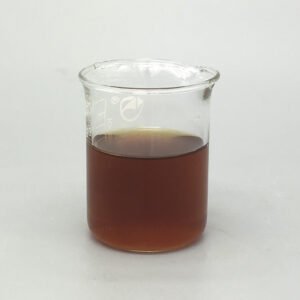
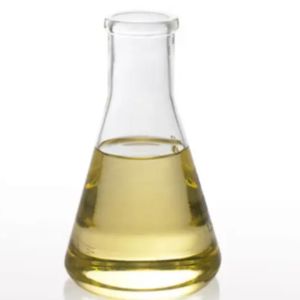
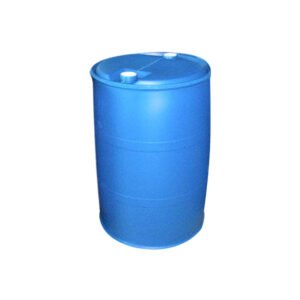
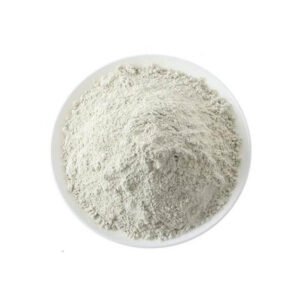
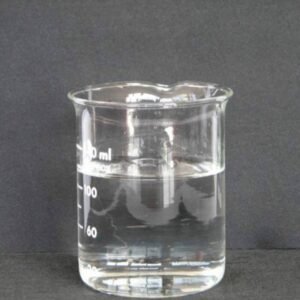
Reviews
There are no reviews yet.